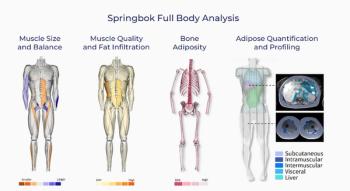
Cardiac imagers evaluate modalities' roles
Advances in multislice CT, particularly the improved spatial and temporal resolution of 64-slice scanners, have changed the dynamics of cardiac imaging, seemingly overnight.
Advances in multislice CT, particularly the improved spatial and temporal resolution of 64-slice scanners, have changed the dynamics of cardiac imaging, seemingly overnight.
The increased use of MSCT for cardiac imaging is increasingly being supported by peer-reviewed studies. But there's also been a lot of hype surrounding the prowess of the new technology, and that can make it difficult to separate fact from fiction.
For example, where exactly does CT fit into modern cardiac care? Is it a one-stop shop for all things cardiac? What about echocardiography, nuclear cardiology, and MRI? These modalities continue to progress technologically as well. Do they retain some or all of their traditional roles in cardiac imaging? Do they gain new ones?
To help our readers answer these questions, we've asked some leading cardiac imagers to weigh in on the topic. In the following pages, you'll find four concise essays detailing the strengths and weaknesses of CT, echo, nuclear medicine, and MR in imaging the heart. The conclusion I think you'll draw from these articles is that each modality plays a significant role in cardiac care. You'll also finish with a better appreciation of where each modality can be applied to achieve its fullest benefit.
Newsletter
Stay at the forefront of radiology with the Diagnostic Imaging newsletter, delivering the latest news, clinical insights, and imaging advancements for today’s radiologists.



























